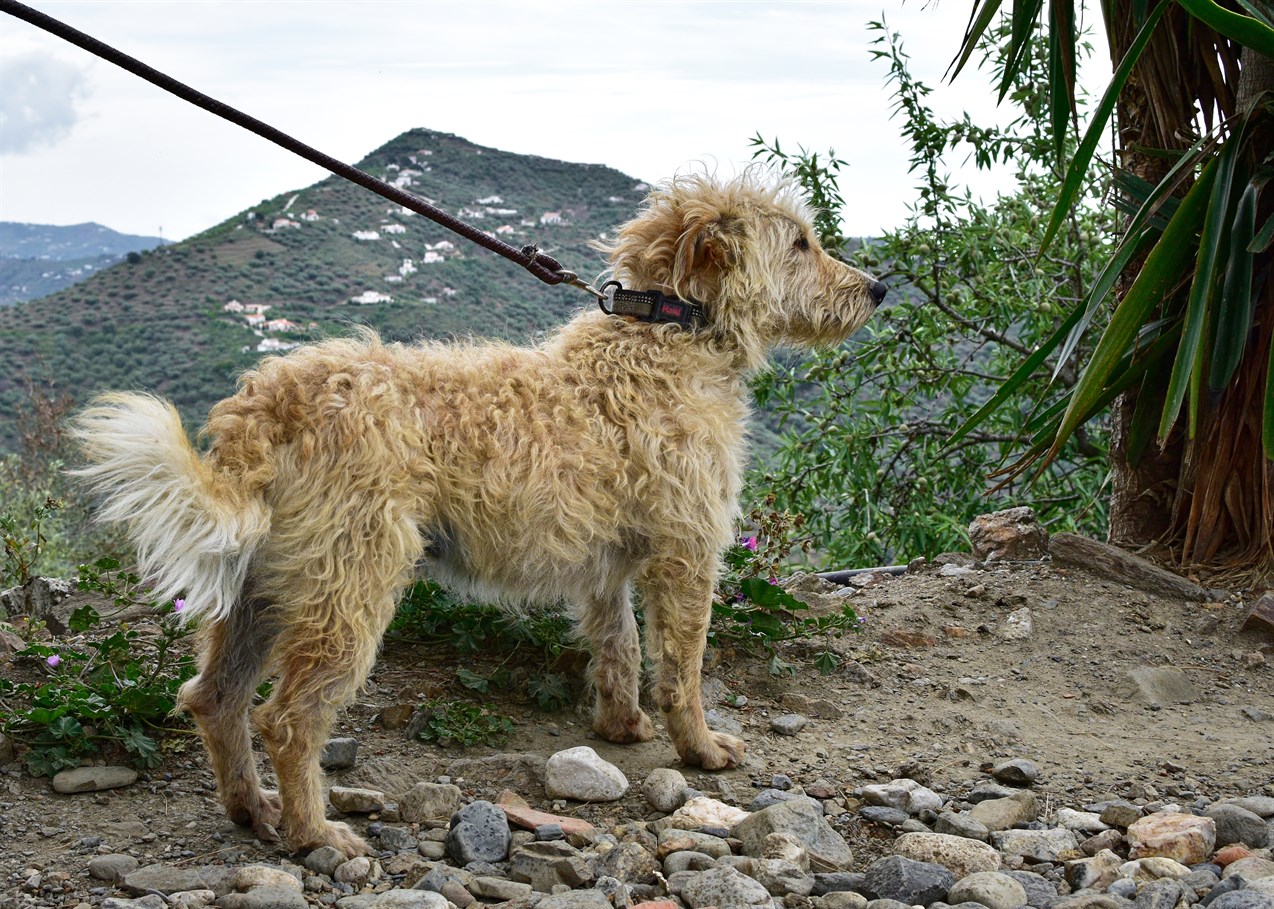Sleeping Requirements and Sleeping Habits of the Otterhound

Sleep is a fundamental aspect of a dog's life, and the Otterhound is no exception. Understanding their sleeping requirements and habits is essential for ensuring their overall well-being and happiness.
Sleeping Requirements
Just like any other breed, Otterhounds require an adequate amount of sleep to stay healthy and energised. The amount of sleep a dog needs can vary based on age, activity level, and individual preferences. Here are some general guidelines.
- Puppies: Otterhound puppies, like all young dogs, need more sleep than adults. They may sleep anywhere from 18 to 20 hours a day, with short periods of activity and play in between.
- Adults: Adult Otterhounds typically need around 12 to 14 hours of sleep per day. However, this can vary. Some adults may need slightly more sleep, especially if they are highly active during their waking hours.
- Seniors: Senior Otterhounds may sleep even more than adults, possibly up to 16 hours per day. Older dogs often require extra rest to recover from activity and to manage age-related health issues.
Sleeping Habits
The sleeping habits of Otterhounds can be influenced by various factors, including their age, exercise, and daily routines. Here are some common sleeping habits of this breed:
- Napping: Otterhounds are known for their love of napping. They often take short naps throughout the day, especially after periods of activity. These short rest breaks help them recharge and stay alert when needed.
- Nighttime Sleep: Otterhounds tend to be adaptable to their owner's schedule. While they may be active during the day, they are generally quiet and sleep through the night. Providing a comfortable and quiet sleeping environment can promote restful nighttime sleep.
- Preferred Sleeping Spots: Otterhounds may have their favourite sleeping spots in your home. These spots are often chosen for their comfort and proximity to family members. It's not uncommon for them to curl up on a cosy couch or find a sunny patch of floor to nap in.
- Temperature Preferences: Like all dogs, Otterhounds have temperature preferences. They may seek cooler areas during hot weather and warmer spots during colder seasons. Ensure they have access to comfortable sleeping areas year-round.
Creating a Comfortable Sleeping Environment
To meet your Otterhound's sleeping requirements and habits, consider the following tips:
- Provide a comfortable and well-padded bed or sleeping area.
- Ensure the sleeping area is quiet and free from disturbances.
- Maintain a consistent daily routine, including regular feeding and exercise schedules.
- Keep the sleeping area clean and free from drafts.
- Offer a variety of sleeping options, such as a crate, dog bed, or a quiet corner, to accommodate their preferences.
In conclusion, understanding your Otterhound's sleeping requirements and habits is crucial for their overall health and well-being. By providing a comfortable and quiet sleeping environment, maintaining a regular routine, and allowing them to rest when needed, you can ensure that your Otterhound remains a well-rested and content companion.
Otterhound puppies for sale
- Find Otterhound puppies for sale in ACT
- Find Otterhound puppies for sale in NSW
- Find Otterhound puppies for sale in NT
- Find Otterhound puppies for sale in QLD
- Find Otterhound puppies for sale in SA
- Find Otterhound puppies for sale in TAS
- Find Otterhound puppies for sale in VIC
- Find Otterhound puppies for sale in WA